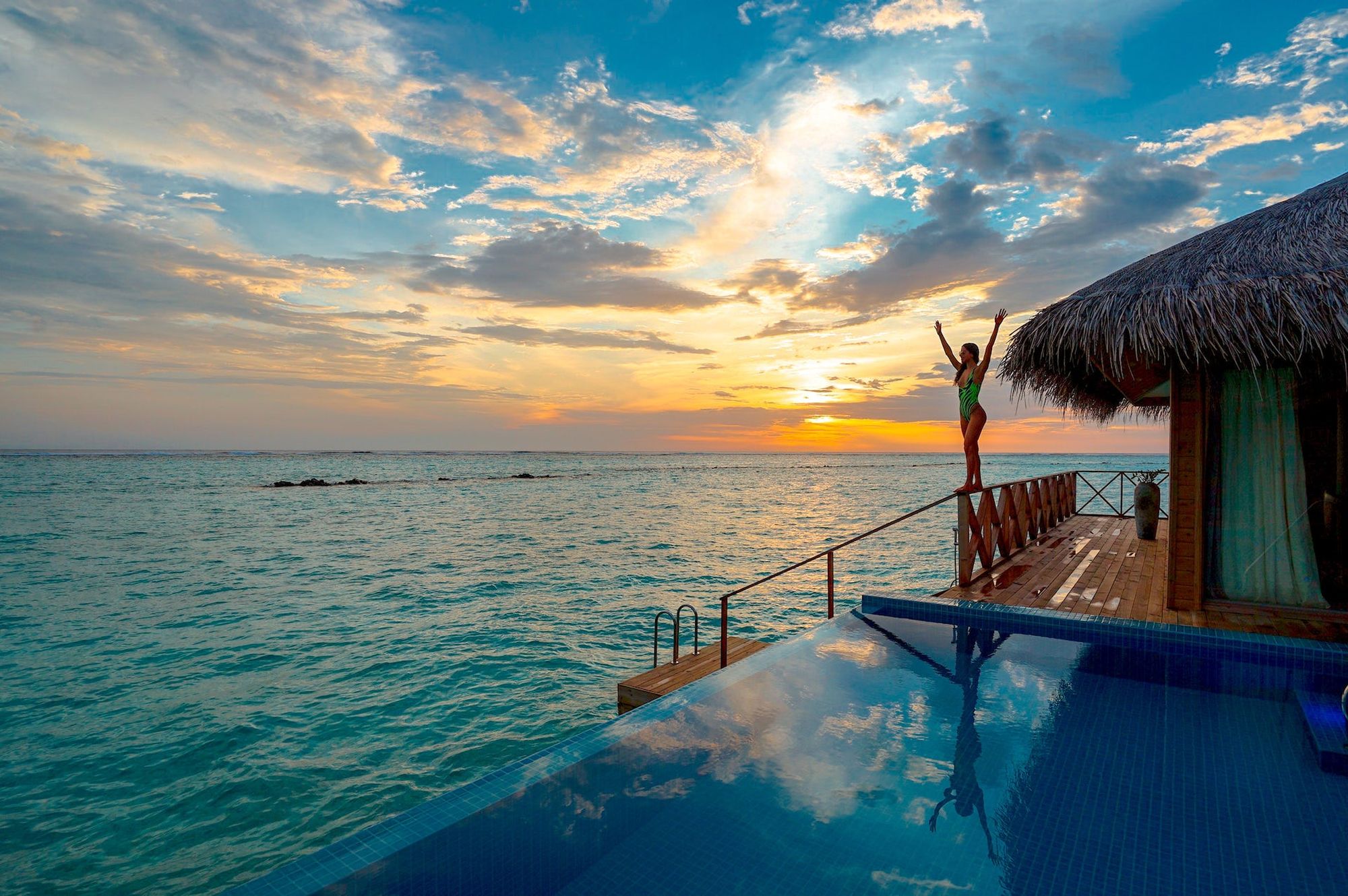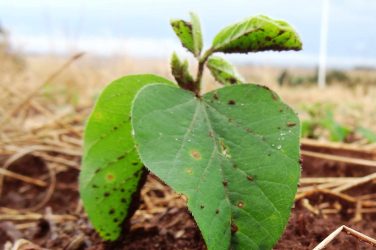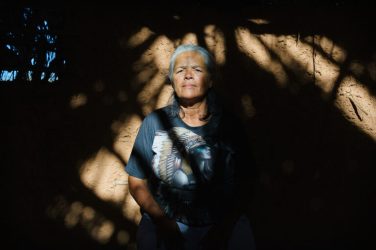When the notion of “ecotourism” was introduced in the late 1970s, it was intended to be ecologically responsible, promote conservation, benefit local populations and help travelers foster a “reconnection with biocultural diversity”.
It’s now more of a marketing term, used to give mass adventure-tourism packages a more “responsible” sheen. Visitors might get a nature walk, but interactions with local residents are limited to souvenir sellers at best, and international consortiums arrange everything and keep the profits for themselves.
While it’s no surprise that the original concept of ecotourism has been obscured by less virtuous projects, they become more problematic when they block local communities from ancestral lands or even involve their forced relocation.
A recent case on the eviction of 16 villages on Rempang Island, Indonesia to build a solar panel factory and “eco-city” illustrates this. While the need to increase renewable energy production is urgent, it’s harder to justify when it comes at the expense of local residents’ lives and territorial sovereignty.
To explore such questions, in June 2023 a group of researchers at Grenoble École de Management (GEM) organized a dialogue with members of the Mbyá Guaraní community from Maricá, Brazil. Our motivation was to explore the relationship between business schools and the behavior of multinational corporations toward indigenous peoples and their land rights.
That questionable dealings can advance under the cover of “sustainable” or “responsible” social development – a practice referred to as “bluewashing” – demonstrates how many firms have become adept at implying that their work is virtuous, whatever the reality.
Maraey: a “sustainable” hotel complex in a biological reserve
In Maricá, residents of the Mbyá Guaraní village of Ka’Aguy Hovy Porã (known in Portuguese as Aldeia Mata Verde Bonita) are now facing the possibility of being pushed aside for a massive resort branded as “Maraey”. The name is taken from a sacred Guaraní concept signifying “land without evil”, and according to community representatives, it was chosen by the developers without securing authorization from the Guaraní themselves.
The project is being led by the Spanish firm Cetya, commercialized locally as IDB do Brasil. It has support from two industry heavyweights – US-based Marriott Hotels and Germany’s Siemens – as well as the Swiss hospitality school EHL in Lausanne.
While billed as “development with an environmental conscience”, the project would include three luxury hotels with a total of 1,100 rooms. Tellingly, the tagline on the project’s website is “paradise living”. The site being targeted is a narrow strip of coastal wetlands in a biological reserve, established in 1984, 41 kilometers south of Rio de Janeiro.
As part of the dialogue organized by GEM, we interviewed Tupã Nunes, leader of the Mbyá Guaraní community, coordinator of the Comissão Guarani Yvyrupa (CGY), and president of the Instituto Nhandereko. Also interviewed was Delphine Fabbri-Lawson, co-founder of the institute. Both described the difficulties that the community faces to preserve its land and traditions.
Divide and conquer?
While IDB do Brasil asserts that it has the required legal permits to move ahead, in such areas building rights remain ambiguous and relatively permissive. Corruption is a frequent problem and legal battles pit municipalities, state governments against national courts, and even divide indigenous families.
When asked to provide specific information on the company’s interactions with the community, Maraey’s CEO, Emilio Izquierdo, shared that an agreement was signed in December 2021 between the company and the indigenous community’s cacique or main representative, Chief Jurema. Izquierdo claimed that as part of the agreement, the municipality agreed that it would “look for a public area that would guarantee the permanent establishment of the village”.
The area was apparently purchased in December 2022, in concert with the mayor, Fabiano Horta. No additional information on the transaction was made available by Maraey representatives.
Tupã Nunes stipulated that he had “no knowledge” of the 2022 agreement signed with the chief Jurema, who does not appear to have shared any news of it with her community. According to the Guarani tradition of governance, doing so is a crucial obligation of the cacique, and ambiguous dealings of this sort have fostered deep fractures within the community itself. Members discovered the extent of the local government’s involvement and the advanced state of the project only when the bulldozers arrived to clear the land.
It should be noted that the International Labor Organization’s C169 agreement on Indigenous and Tribal Peoples, signed by both Spain and Brazil, requires at least a dialogue with indigenous communities prior to launching projects that would affect them. In the case of the Maraey project, this does not appear to have been respected.
The discovery of numerous irregularities and a series of confrontations between the community and the construction workers in April 2023 led local courts to suspend the project, despite support from the current mayor of Maricá, Fabiano Horta.
Virtue signaling through collective messaging
IDB do Brazil maintains that the 54-hectare project will be “sustainable and inclusive”, and the promised facilities would include a hospital and schools. However, there will also be mall and an 18-hole golf course, and 150,000 to 300,000 tourists are projected to visit annually. Given that the project is also forecasted to generate 1 billion reaIS in tax revenue (197 million US dollars), there is a lot more than environmental and social concerns at stake.
Bolstered by the work of a sophisticated PR and marketing firm, Maraey has mobilized a rallying message and woven its story to garner collective support – or at least create the illusion of it. Using the hashtags such as #JuntosPorMaraey, #VivaMaraey and #TogetherForMaraey, the project has promoted, with increasing intensity, its supposed local support and commitment to sustainability. Maraey’s promoters even proclaim that the project, despite its size and density, will help preserve fauna and flora.
The Maraey website and communications are surprisingly silent on the Guarani communities now living in the reserve, despite a crescendo of protests and declarations against the legality of their operations.
Coverage in Spain’s El País, on France 24 and other international sources has laid bare the tensions behind the Maraey project. Local political opposition recently asserted that “this company has been trying to occupy Maricá’s reserve for almost 20 years. The resistance of civil society and environmentalists to denounce this massacre of fauna and flora is what allowed its partial preservation.” Summed up in words of one local resident:
“They say it will create jobs. But fishermen don’t want jobs in the hospitality industry. Can you imagine a fisherman on a golf course? Golf is for millionaires, for people with money. Fishermen want a healthy, clean lagoon. It’s our livelihood.”
Native lands are not just a habitat
The significance of the Amazon rainforest and Atlantic coastal forest for indigenous peoples such as the Guarani Mbyá goes far beyond a simple habitat. They derive their culture, language and social order from the natural structure of the forest, as explained by anthropologist Eduardo Kohn in his book How Forests Think.
The International Financial Reporting Standards Foundation has recently called for greater scrutiny on non-climate-related reporting, in particular societal and social issues. For multinationals, however, the temptation will always be there to find ways to minimize risks and continue business as usual.
Research has shown that lax reporting and the lack of enforcement mechanisms have led firms to shirk social sustainability and human rights requirements and favor bluewashing strategies. This regulatory environment has enabled MNCs to increasingly follow what historian Patrick Wolfe called a “logic of elimination” that erases natives from the land.
However, there is reason to think that attitudes can shift over time. A 2019 victory in Bahía of the Tupinamba de Olivença tribe over the Portuguese hotel giant Vila Gale created a legal precedent demonstrating that if local authorities license projects without involving federal agencies, it can backfire.
For Juliana Batista, human rights lawyer for the Brazilian NGO Instituto Socio-Ambiental involved in the case, it is a matter of understanding the nature of indigenous land rights which, for her “take precedence over any other rights.”
Michelle Mielly is a professor in People, Organizations, Society at Grenoble École de Management (GEM)
This article was originally published in The Conversation. Read the original article here: https://theconversation.com/bluewashing-how-ecotourism-can-be-used-against-indigenous-communities-212485











